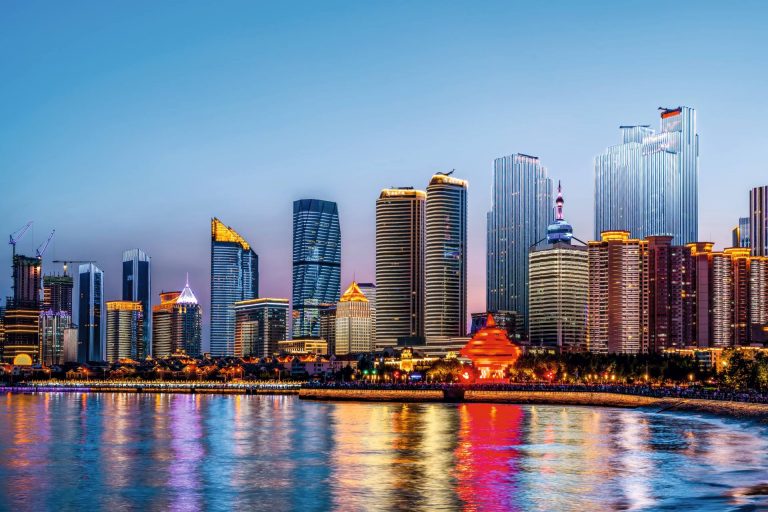This country of Europe is the closest to us, in every sense of the word. A colorful mix of architecture, medieval castles, and a cozy Christmas atmosphere…
Minsk group
The capital of Belarus instantly impresses with its spotless cleanliness and an air of profound calm. The cobbled streets of old suburbs coexist effortlessly with monumental Soviet avenues, while airy church domes and Gothic spires blend with imposing Stalinist architecture.
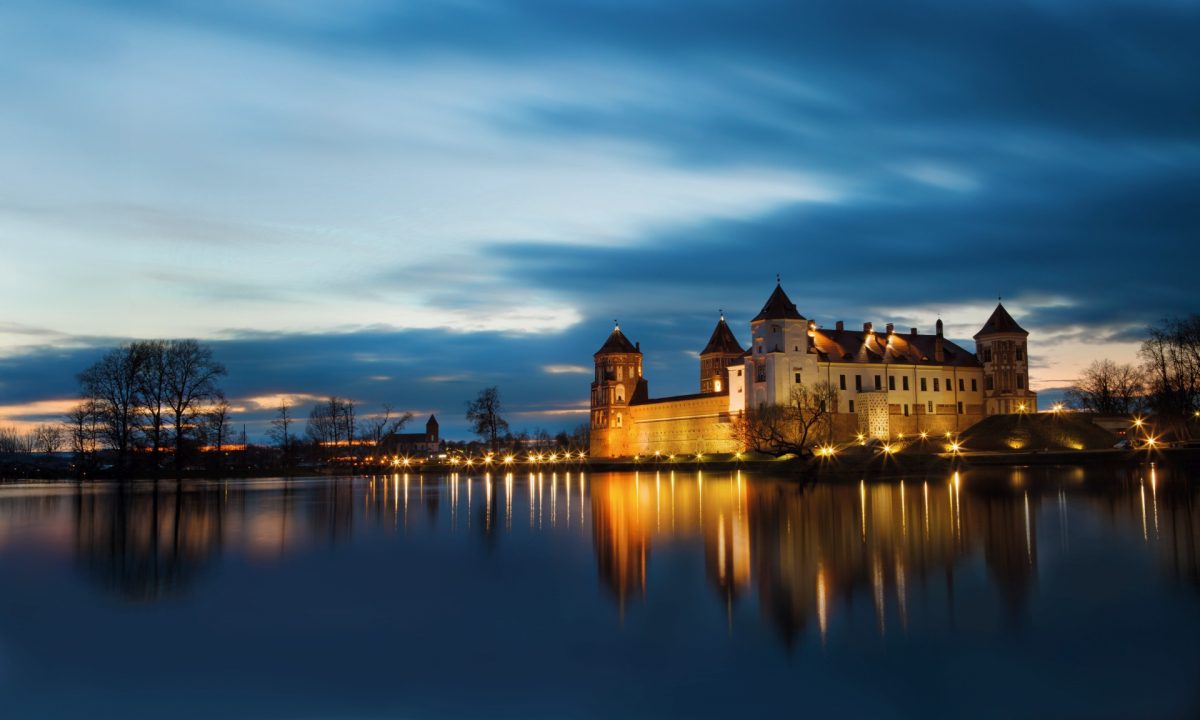
The heart of the city is Independence Square, one of the largest in Europe. It is like “Minsk in miniature”: the grand House of Government, a masterpiece of Constructivism; the red-brick Church of Saints Simon and Helena; and next to them, the monumental Main Post Office, a striking example of Stalinist Classicism. But to feel the true spirit of the Old Town, head to Trinity Suburb and the Upper Town. These restored quarters with tiled-roof houses, a town hall, the Cathedral of the Holy Spirit, the Church of the Blessed Virgin Mary, and cozy cafés instantly transport visitors to the 18th–19th centuries, while festive lights adorn them on dark evenings. In winter, Freedom Square hosts a bustling Christmas market with crafts by Belarusian artisans — and sometimes even Father Frost himself, visiting from his residence in Belovezhskaya Pushcha! But Minsk’s largest Christmas fair traditionally takes place next to Trinity Suburb. From mid-December to mid-January, on the banks of the winding Svisloch River near the Sports Palace, guests enjoy rides, concerts, and festivities, are treated to hot chocolate and spiced mulled wine, and can buy holiday souvenirs in tiny wooden chalets.
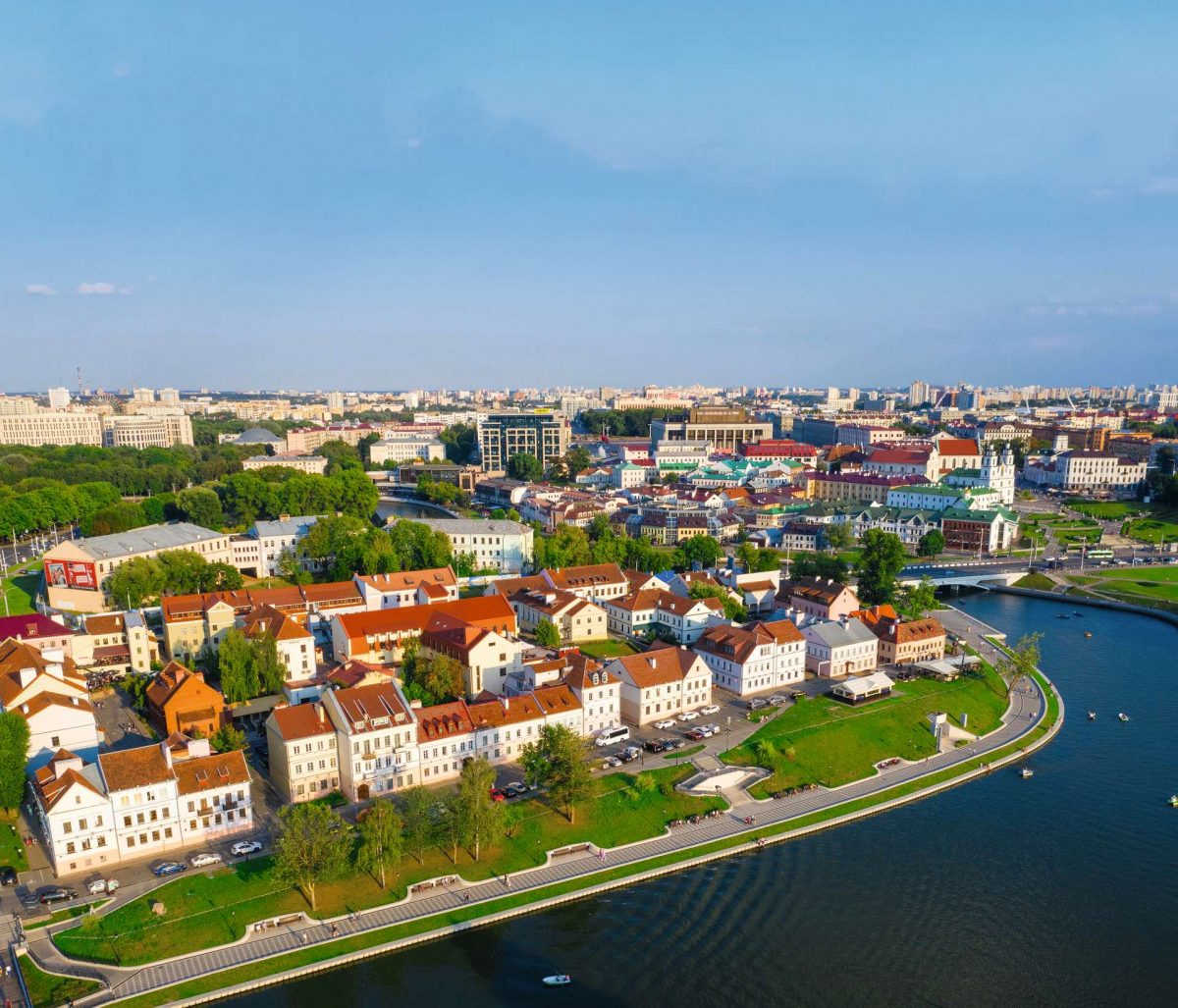
The most active visitors can explore both indoor and outdoor skating rinks in Minsk and go skiing or snowboarding — right within the city at the Sunny Valley training center, or at the Silichi National Ski Complex just half an hour away: 11 slopes, the country’s greatest vertical drop, ski lifts, cafés, and a restaurant.
Feast and Mir
Perhaps the best way to experience the European flavor of Belarus is through its numerous medieval castles. One of them is the Mir Castle, included in the UNESCO World Heritage List, located in the southwest of the country, in a settlement called Mir. Yury Ilyinich, a high-ranking noble of the Grand Duchy of Lithuania, began building this grand defensive complex to protect against frequent raids by the Crimean Tatars. However, neither Yury nor his descendants managed to complete the construction of the fortress, and it only acquired its final appearance in the mid-16th century under the Radziwiłł family, who gave the Gothic structure Renaissance features. They also surrounded the castle with a moat, laid out an Italian garden behind the northern rampart, and erected a three-story palace in the inner courtyard. The mighty and majestic Mir Castle was not just the residence of the Radziwiłł magnates but also a true guardian of the surrounding lands. This, however, did not save it from devastation during the Great Northern War — for about 80 years after the war ended, it remained in ruins, serving as a refuge for wild animals and wandering strangers.
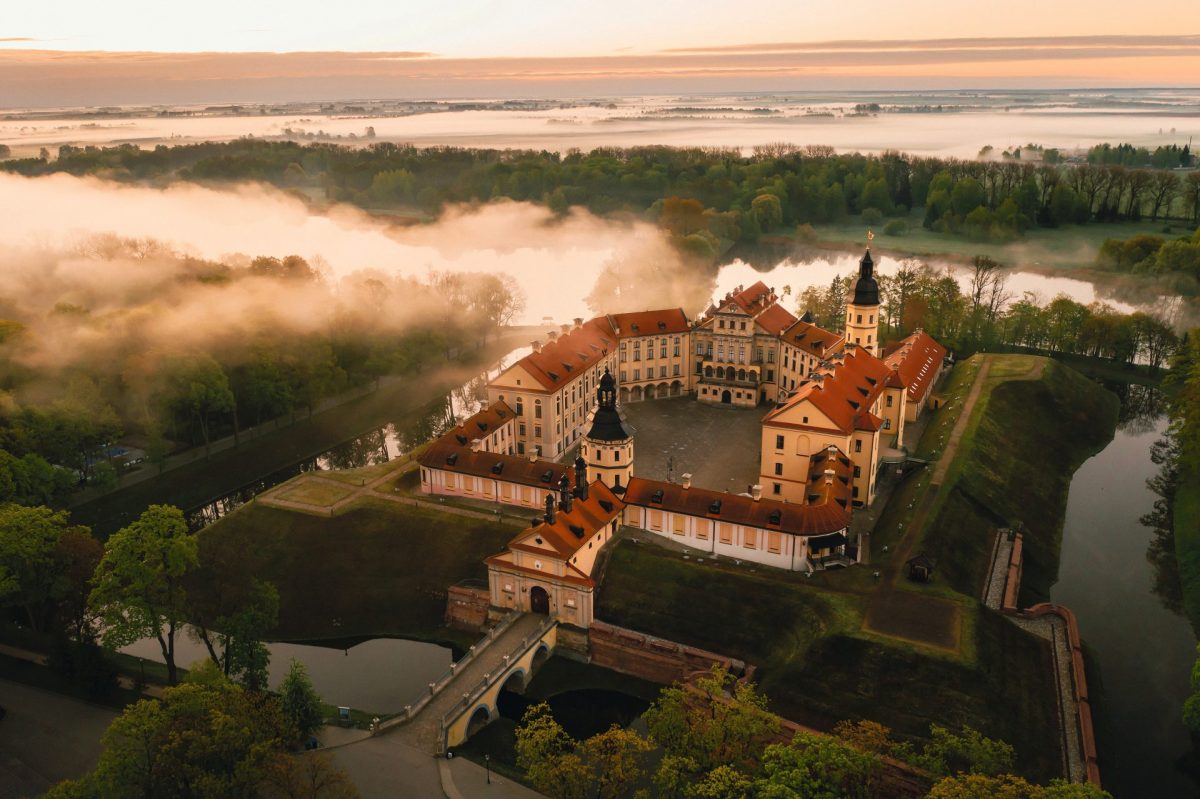
The castle’s former glory returned only in 1891, when it came into the possession of the princes Svyatopolk-Mirsky. During their time, a large-scale reconstruction of the building and surrounding grounds was carried out. This period also gave rise to numerous legends. For instance, it is said that the present pond was dug on the site of an old apple orchard, in May, when the trees were in full bloom. Since then, the dead apple trees have been taking revenge on people — every year, someone drowns in the lake. Another legend claims that a ram’s head was immured in one of the castle’s walls. It is believed that if the head is ever removed, Mir Castle will instantly collapse into a heap of stones!
A visit to Mir is usually complemented by a trip to Nesvizh, located just half an hour away. This charming little town, with its Jesuit-built Farny Church, landscaped parks, and many historic buildings, is famous for its luxurious 16th-century Baroque castle, which also belonged to the Radziwiłłs, the wealthiest family of the Grand Duchy of Lithuania. The castle served both residential and defensive purposes, so its stern towers, ramparts, and deep moat combine here with the splendor of interior decorations. Like Mir, this castle is protected by UNESCO. Reopened after restoration in 2012, it is now part of the National Historical and Cultural Museum-Reserve. And only in winter — from November until the end of February — can the Nesvizh Castle be visited on a night tour, conducted by lantern light!
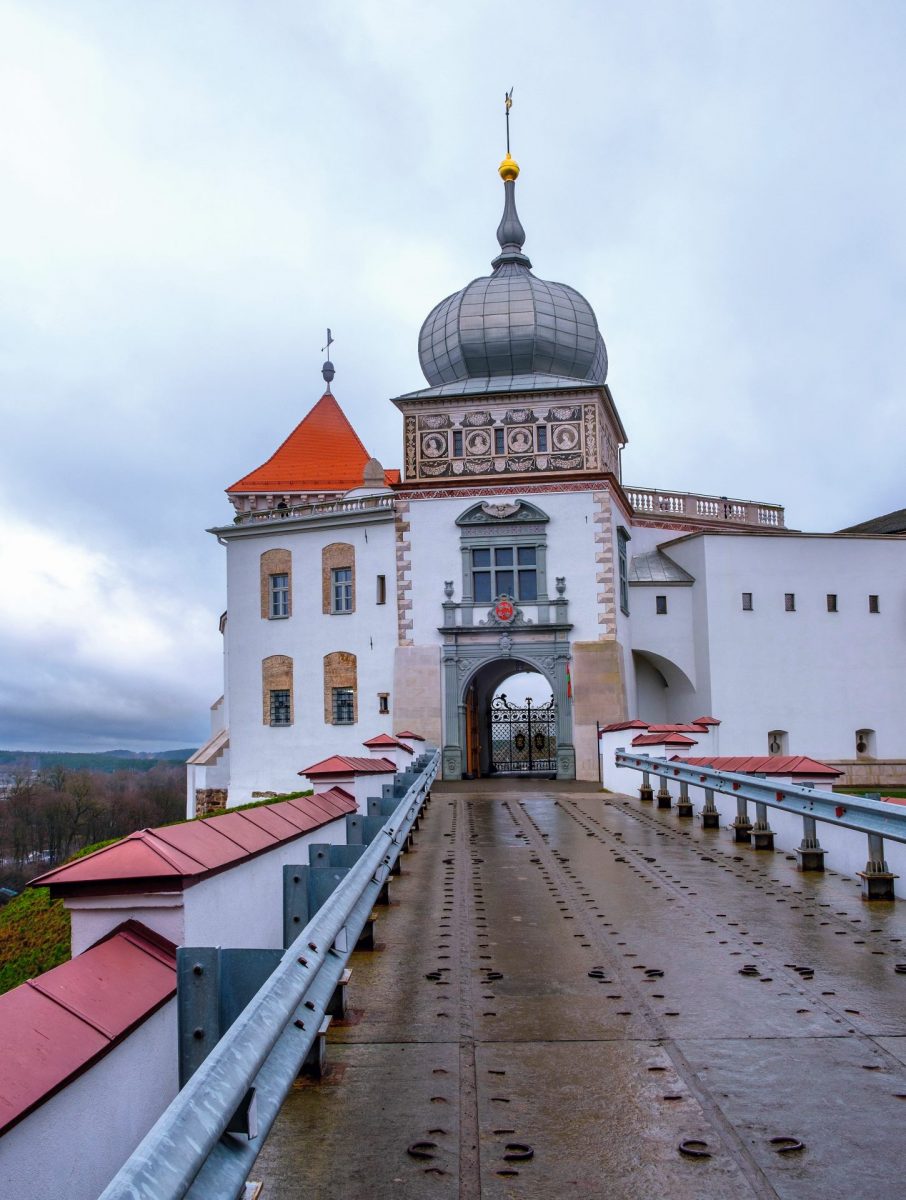
In the City of Grodno
It is Grodno, located very close to the borders with Poland and Lithuania, that is rightly considered the most European and multicultural city in Belarus. Here, too, stands its own castle on a high bank of the Neman River — it was almost completely rebuilt, replacing the ruins of the once glorious residence of the powerful ruler Stephen Báthory. Today, it is a modern museum with a decent exhibition and a panoramic platform set up on one of the towers. Opposite it rises the Baroque New Castle of the 18th century, which later acquired features of Stalinist Empire style — this is also a museum.
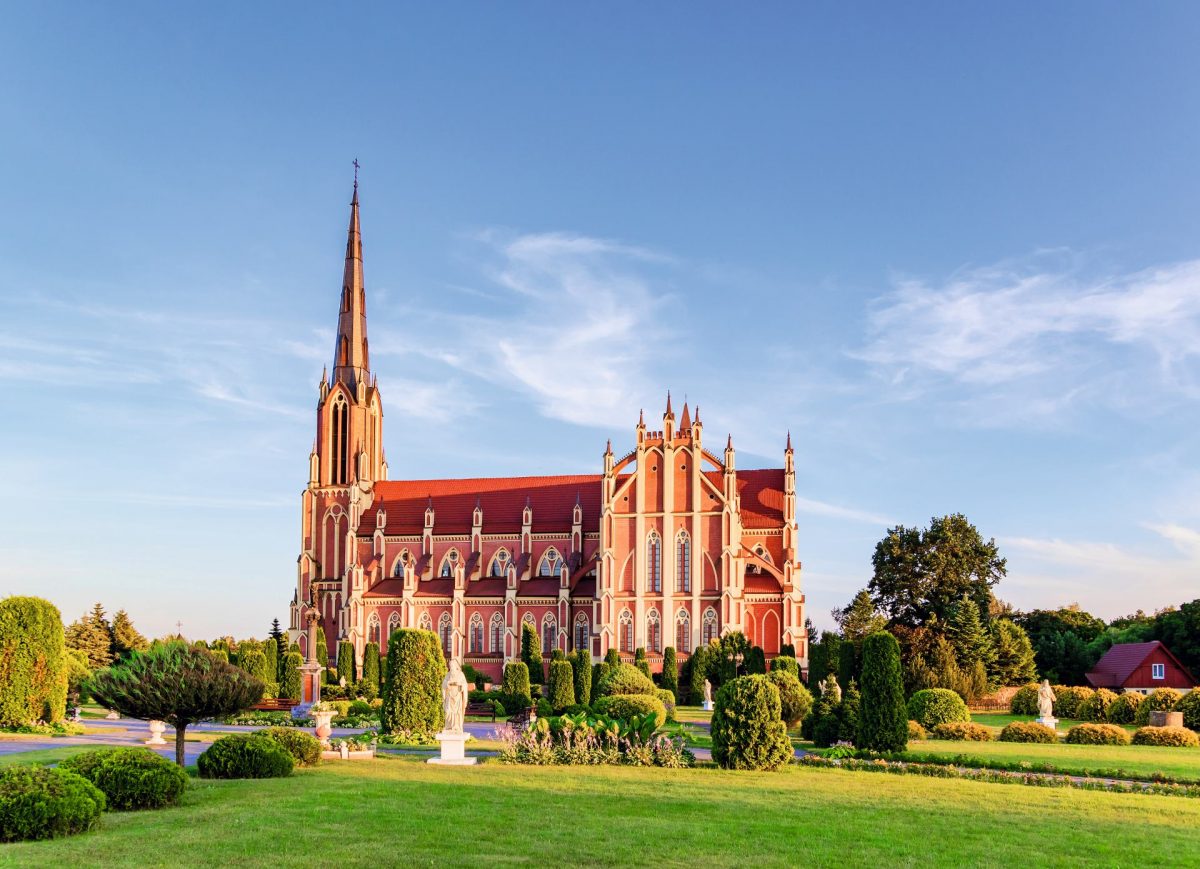
Though in fact, the entire historic center of Grodno could well be called a museum. Here is the unique Kalozha (Sts Boris and Gleb) Church — one of the oldest churches in Eastern Europe, its walls decorated with majolica tiles, and with ceramic resonators built into them, giving the interior special acoustics. Here is the Farny Church with its magnificent altar — the Cathedral of St. Francis Xavier, once a Jesuit temple, today considered a minor basilica. Here is the Great Synagogue — one of the oldest in Eastern Europe. And here is Sovetskaya Street, a cobblestone pedestrian street — despite its name, it is a showcase of architecture from the late 19th to early 20th centuries, making it a favorite spot for locals and tourists alike to soak up the New Year’s atmosphere. One piece of advice — after walking around and getting chilled, stop by the local Dzhezva café, where they recently started serving their signature St. Hubert’s Coffee (named after the patron saint of Grodno): coffee, Jägermeister, a mix of spices, and alternative milk. After such a drink — both invigorating and heartwarming — you’ll want to share your delight from a winter journey through Belarus with the whole world. Or at least with your best friends!
Photo: shutterstock.com, depositphotos.com
